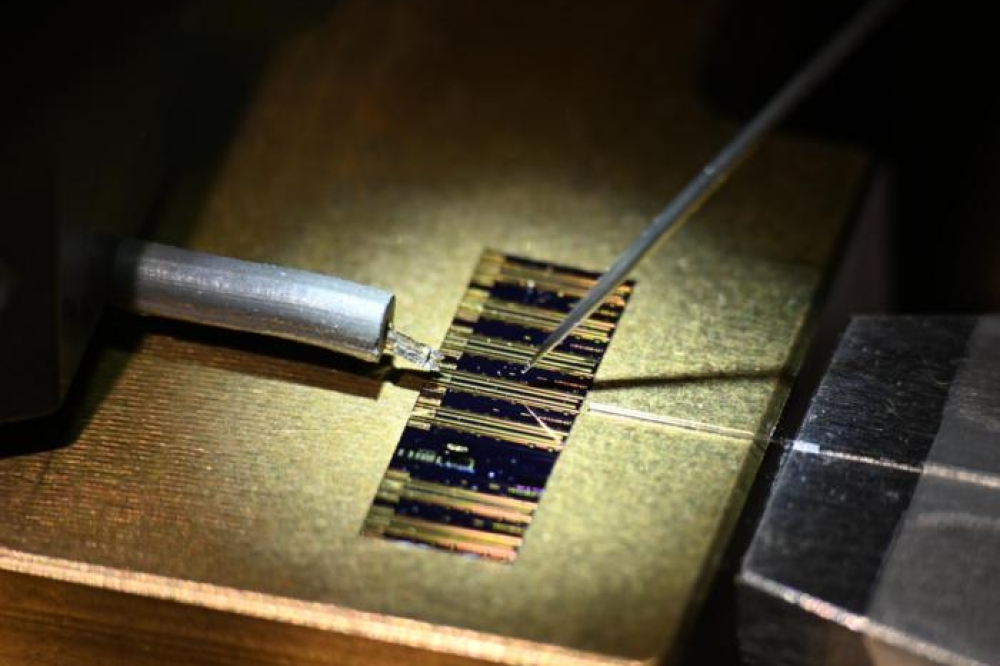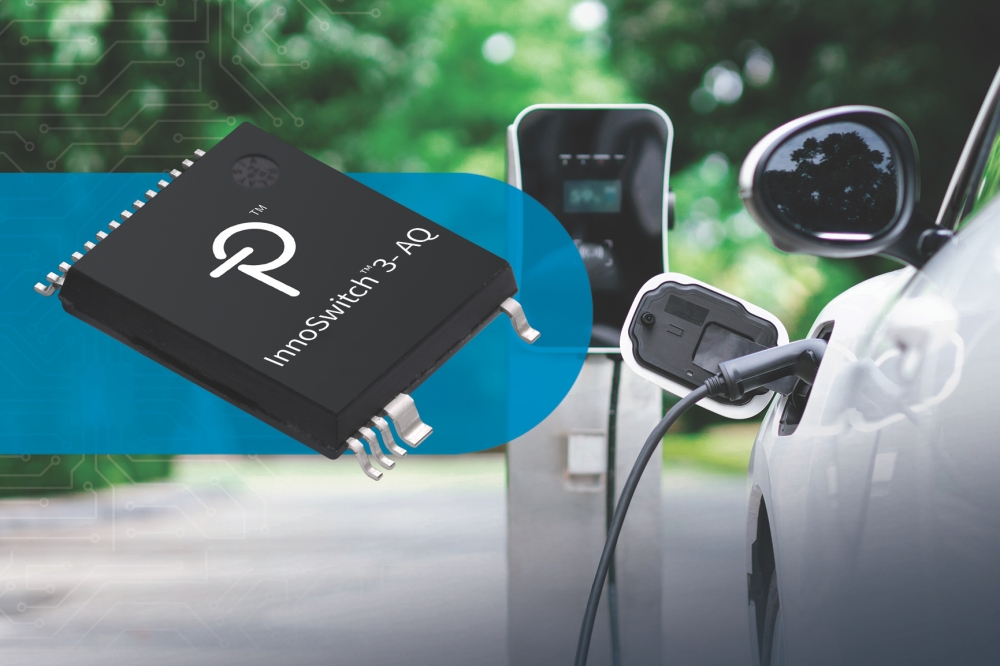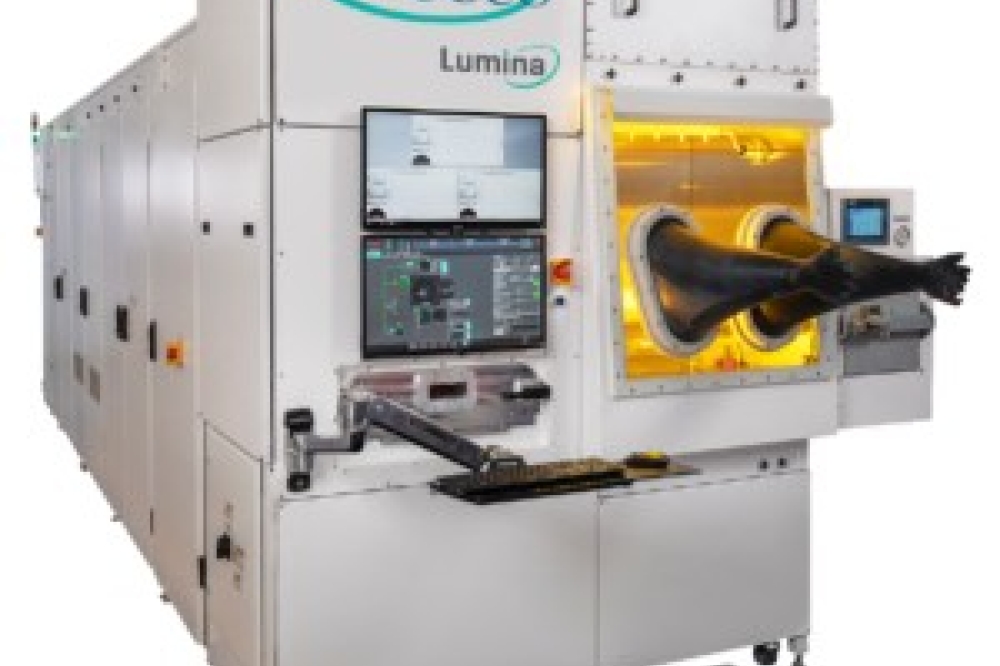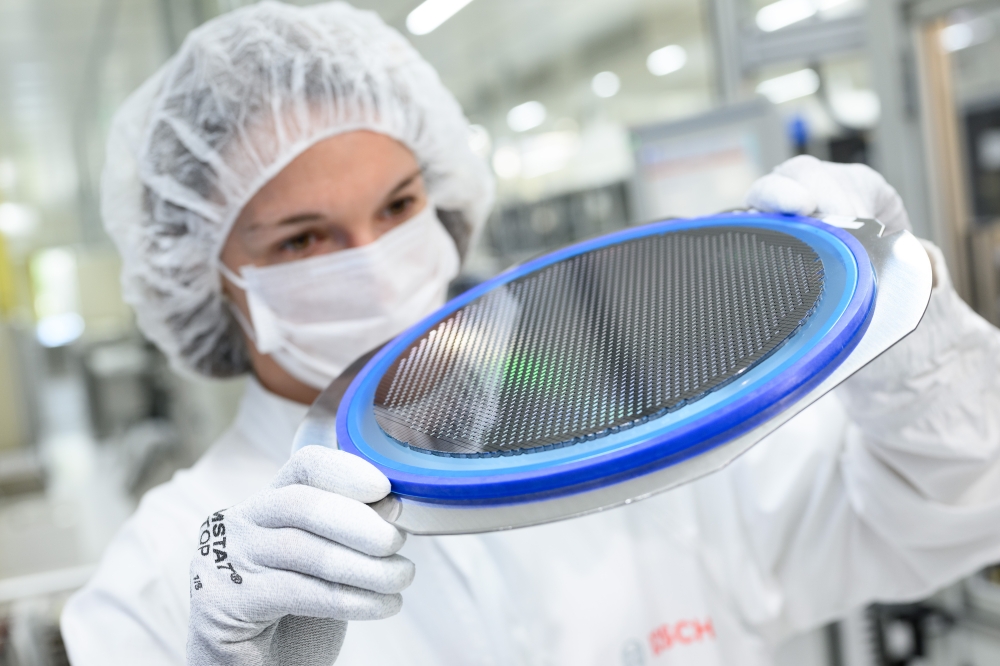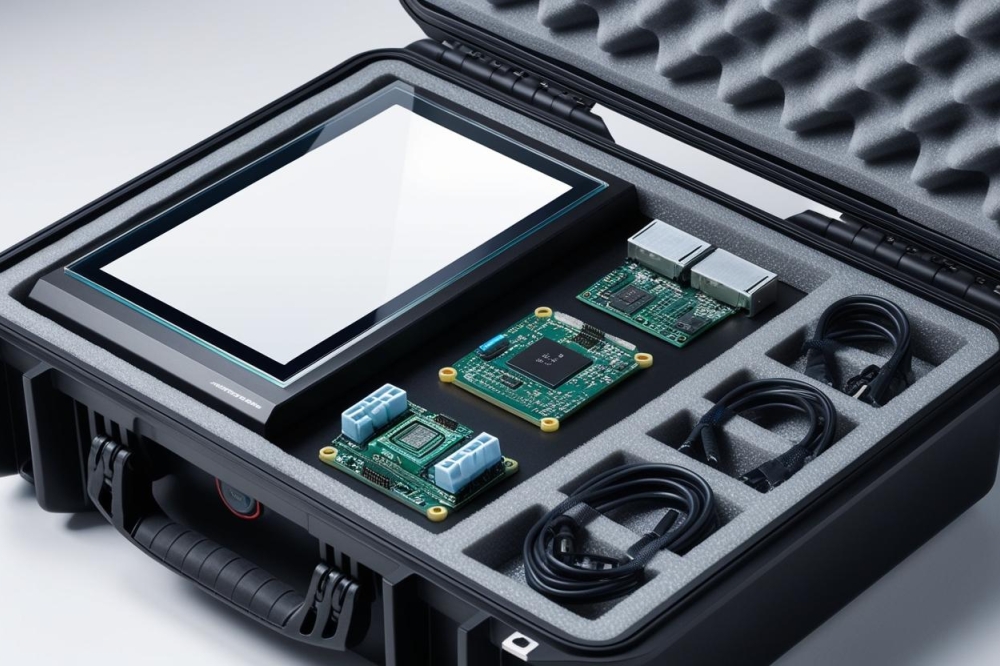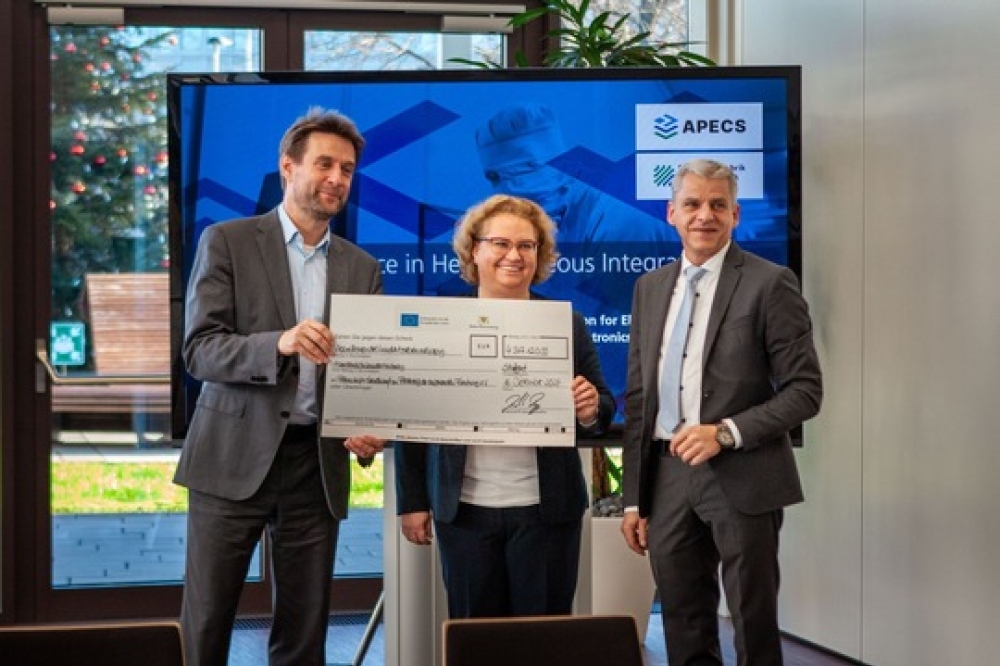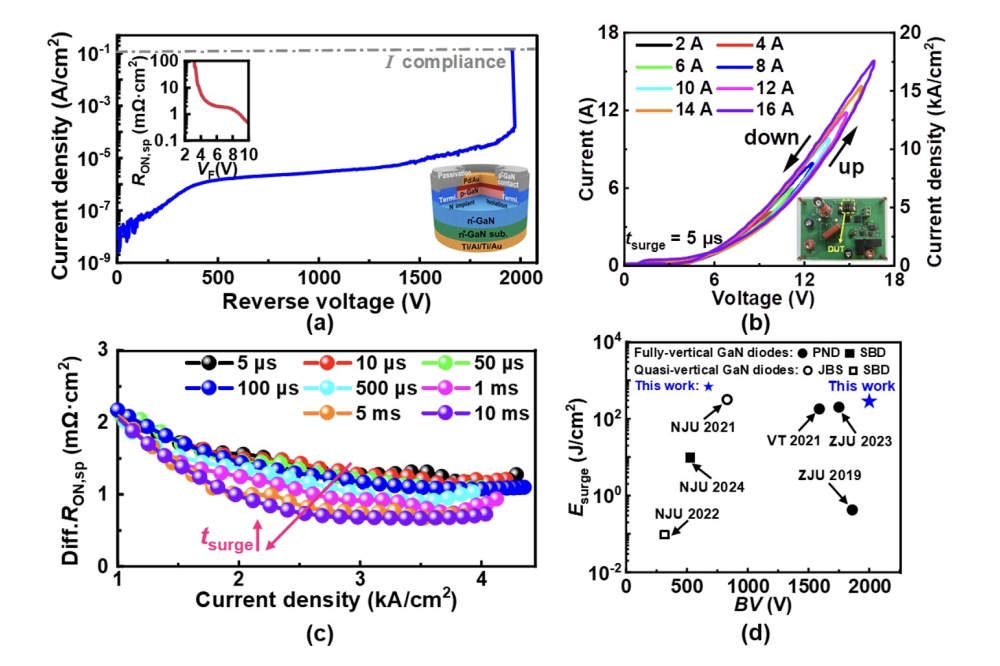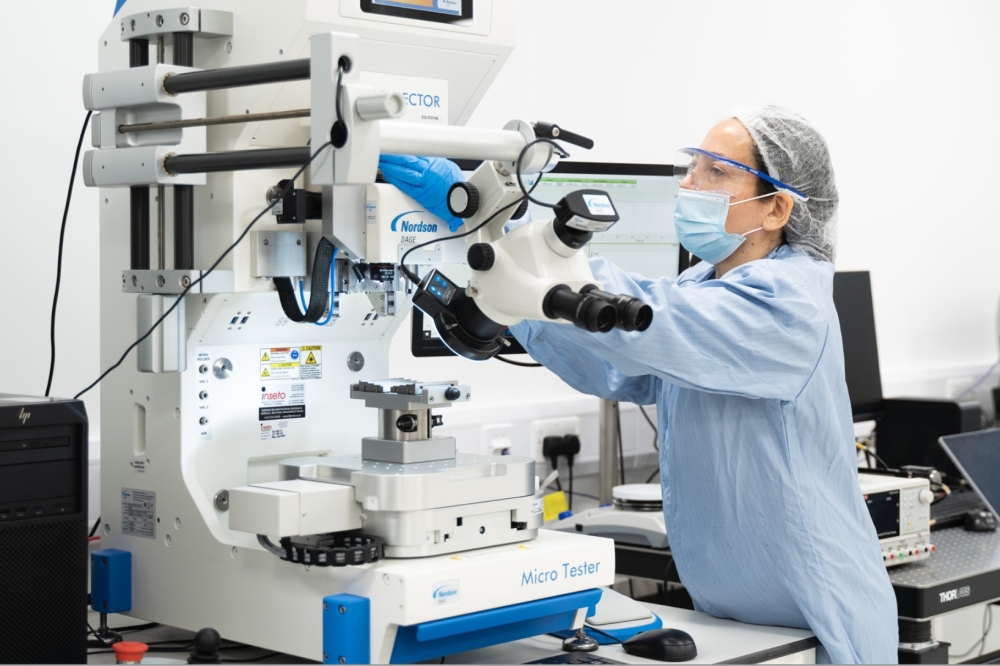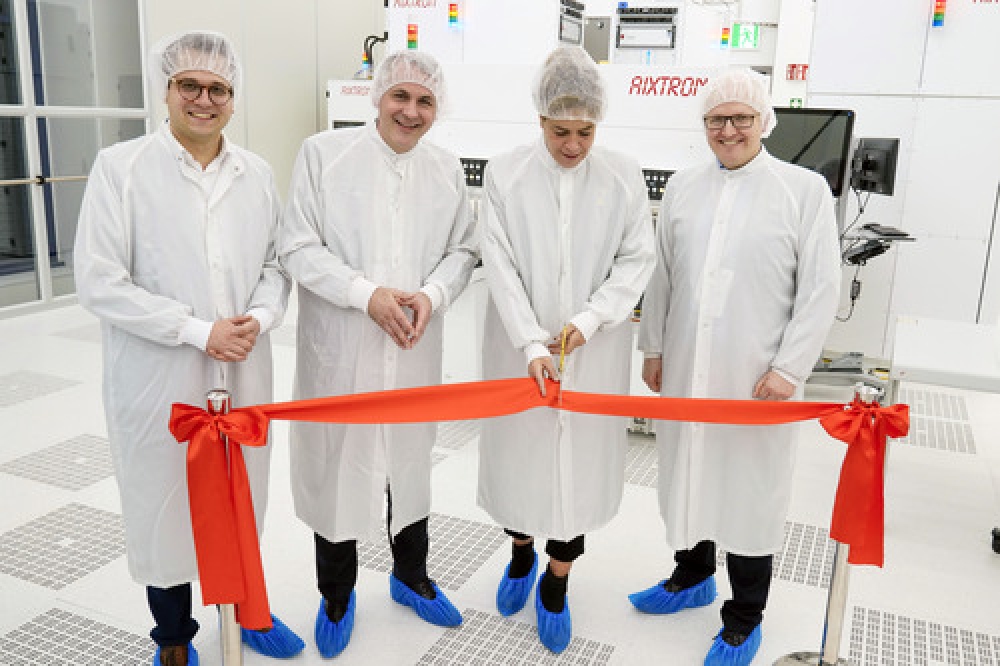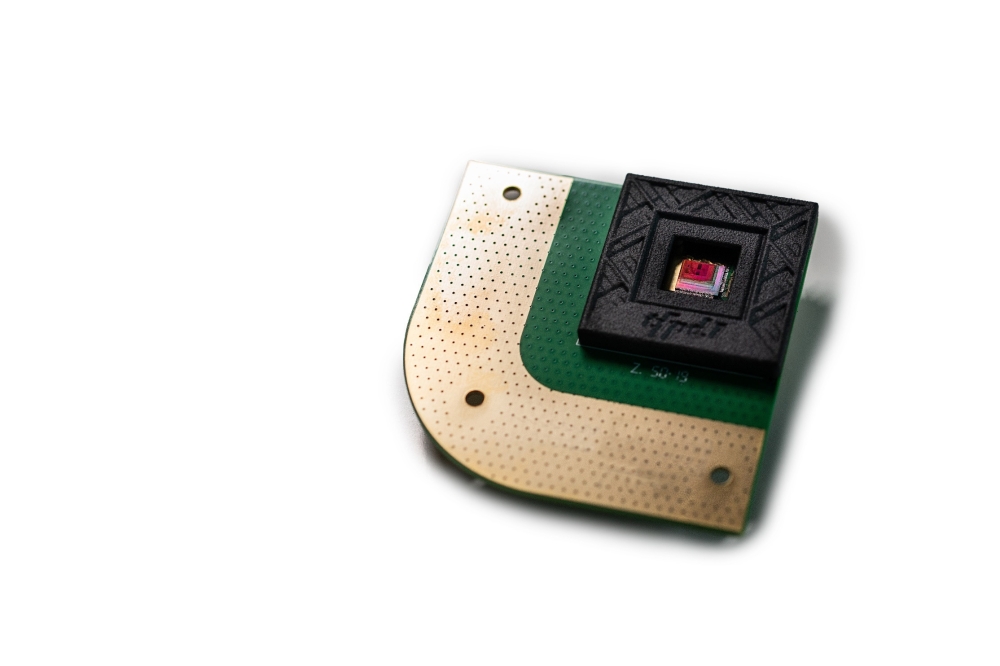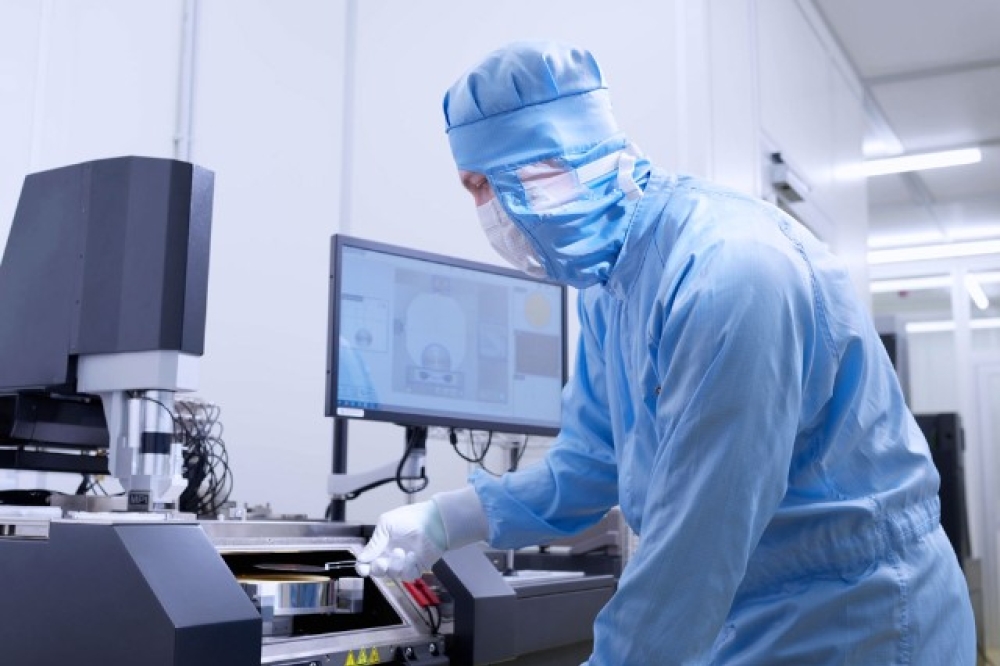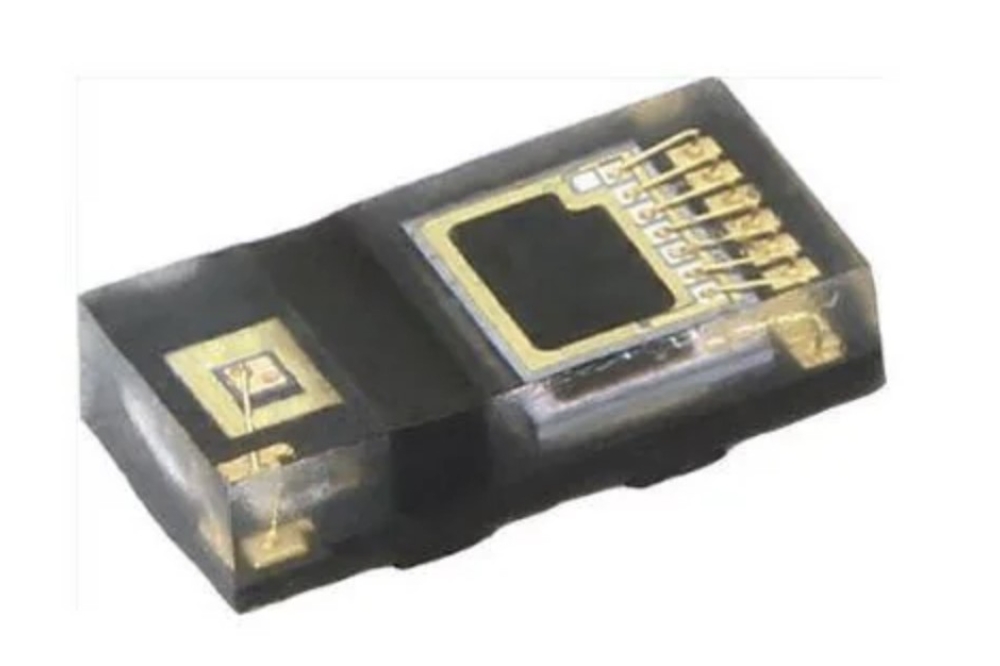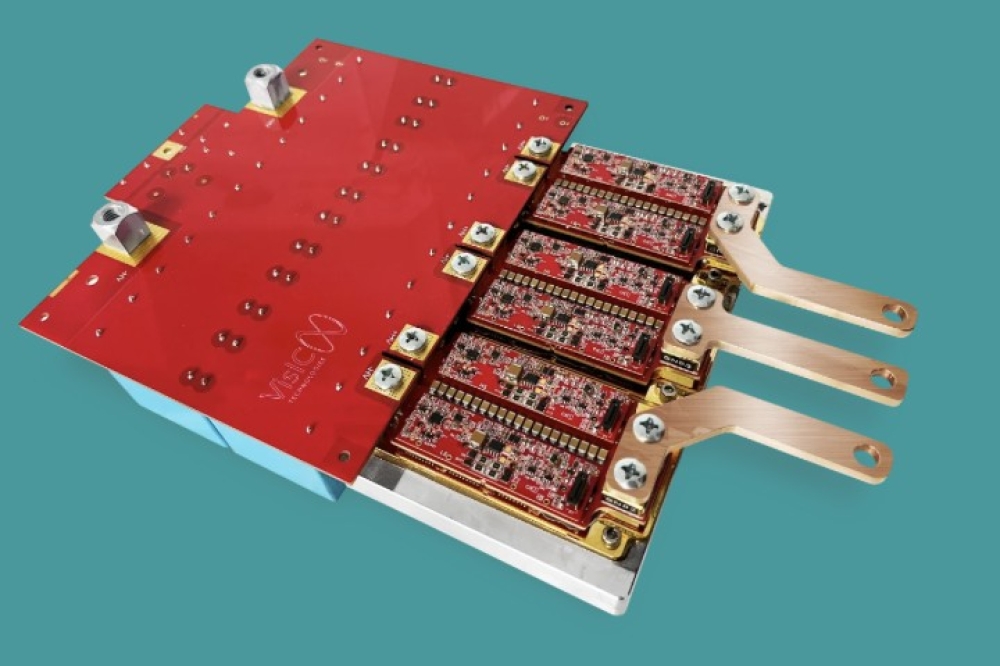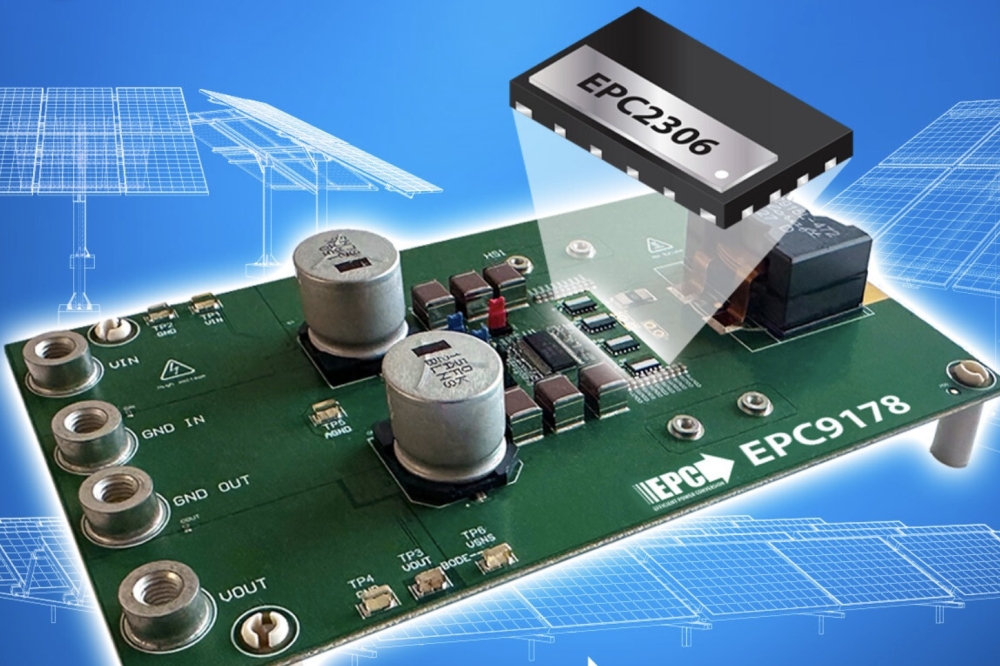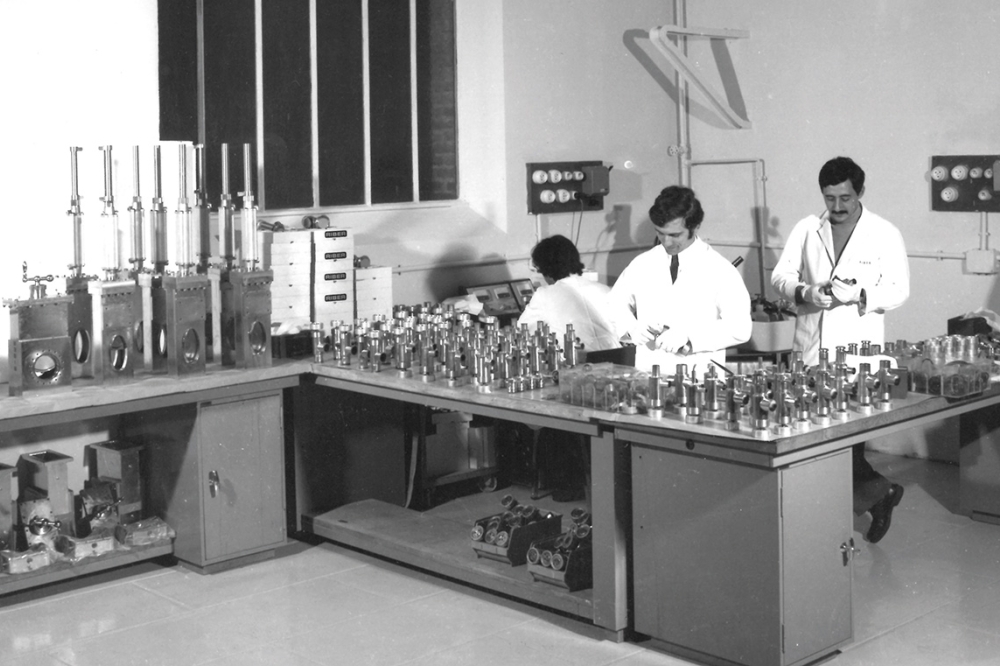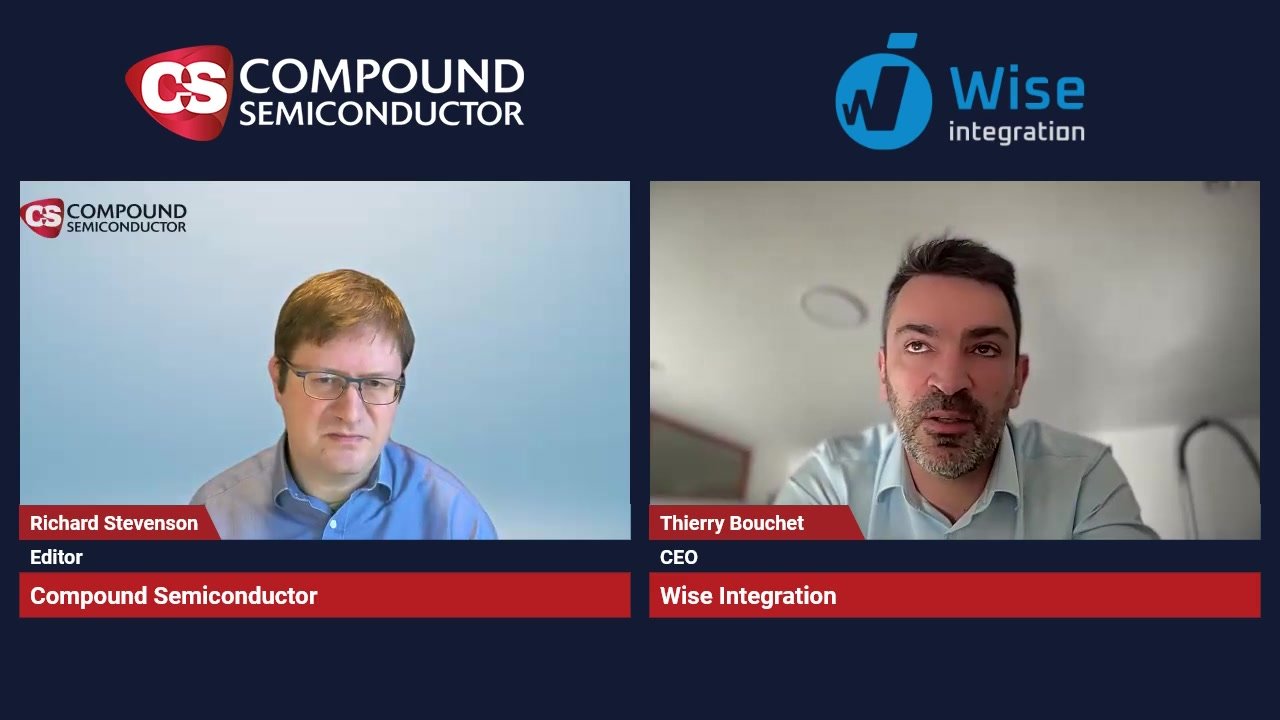News Article
Hybrid growth promises better green lasers
Growing the top part of the laser by MBE prevents degradation to the active region
A hybrid growth approach that involves deposition of the n-type region and active region by MOCVD, followed by MBE-growth of the p-type layers, leads to a more uniform fluorescence image (a) than that associated with growth of the entire structure by MOCVD (b).
An awkward compromise lies at the heart of the growth of green laser epistructures. If p-type layers are grown using optimum conditions, high temperatures of around 1050 °C deteriorate the quality of the quantum wells; but if the growth temperature is lowered, resistivity of the p-type layers increases, and optical quality of the cladding and waveguide can also decline.
To address these shortcomings, a team from Switzerland is pioneering a two-step process that involves the growth of the majority of the structure by MOCVD, before p-type layers are added by MBE. The p-type layers have state-of-the-art electrical characteristics, according to the team from EPFL, Novagan and Exalos. The researchers have used their hybrid growth approach to form 501 nm narrow ridge waveguide lasers with a threshold voltage of just 5.4 V.
Growth of these devices is by ammonia MBE, which is performed under nitrogen-rich conditions that are also associated with MOCVD. The team decided to use this approach, rather than plasma-assisted MBE, because the latter has a narrow growth window, making it demanding to produce high-quality material.
One of the challenges of plasma-MBE is that to ensure a smooth surface, a bilayer of gallium must be on the surface during growth. "If the growth conditions depart from that, either gallium droplets can form at the surface, or the growing surface experiences roughness," explains team member Marco Malinverni from EPFL.
He and his colleagues begin by fabricating green laser diodes by growing, by MOCVD, an n-type region and a three-period InGaN quantum well on a freestanding GaN substrate. An ammonia atmosphere at 740 °C cleans the epiwafer, before MBE adds a 600 nm-thick magnesium-doped Al0.06Ga0.94N cladding layer and a heavily doped, 50 nm-thick GaN contact layer. According to secondary ion mass spectroscopy, the magnesium concentration in the top cladding is 5 x 1018 cm-3, a value low enough to prevent high optical loss.
Before lasers were constructed, researchers compared the fluorescence of their structures with those formed via MOCVD of p-type layers at 950 °C. Fluorescence images of a 60 µm by 60 µm area of the laser grown by the conventional approach featured many black spots, indicative of limited radiative recombination, while highly uniform green luminescence emanated from the hybrid-growth structure.
Epiwafers were processed into 800 µm-long lasers featuring a 4 µm-wide ridge and, at each facet, distributed Bragg reflectors were formed from the pairing of SiO2 and TiO2. Driven in pulsed mode (1 percent duty cycle and 1 µs pulses), light output for the 501 nm source hit 15 mW at 450 mA.
One major weakness of these lasers is that they cannot operate in continuous wave mode. Malinverni and his colleagues believe that this is due to deficiencies in the quality of the active region, and an injection efficiency of just 17 percent.
This very low value probably results from imperfections at the re-growth interface, an issue that the team has previously investigated with secondary ion mass spectroscopy. Commenting on the previous study, Malinverni explained that they suspect contamination to have occurred during the cool down of the MOCVD reactor and the successive exposure to the atmosphere.
This finding does not imply, however, that hybrid growth cannot be used to manufacture high-quality green lasers. "In production, cluster tools and controlled-atmosphere boxes are frequently employed, and would prevent interface contamination," says Malinverni. "However, at present, MBE reactors are scarcely used in the GaN industry."
One goal for the team is to increase the injection efficiency of its lasers through improvements to the doping profile, junction location, and the quality of the active region. In addition, the researchers will investigate the origin of interface contamination, and then address this.
"We are confident that there is still room for big improvement in this technology," says Malinverni, who believes it could even help III-N lasers emitting beyond the green.

